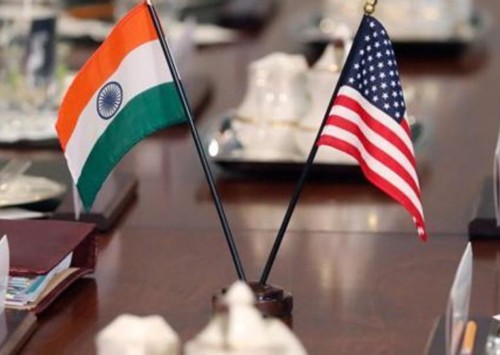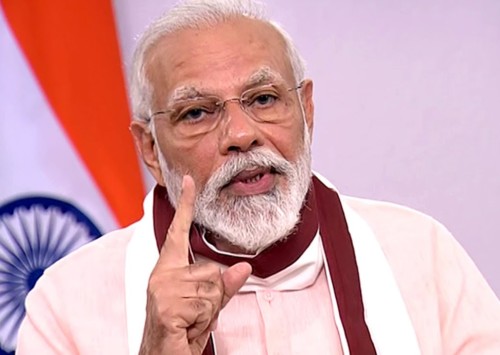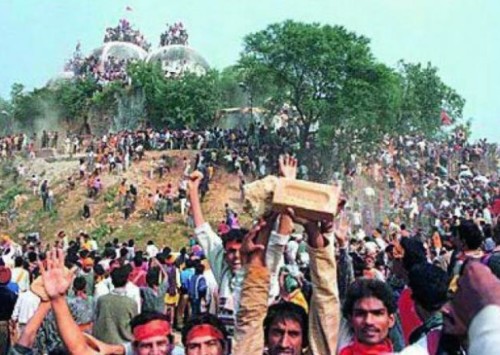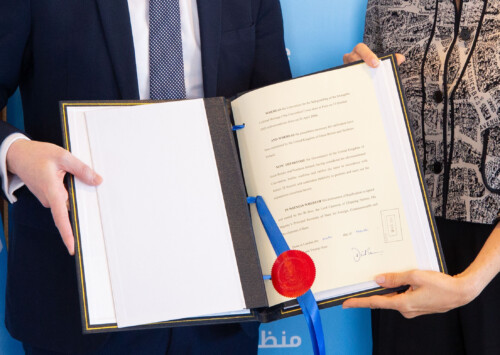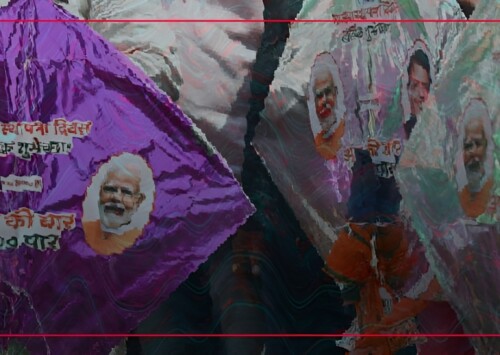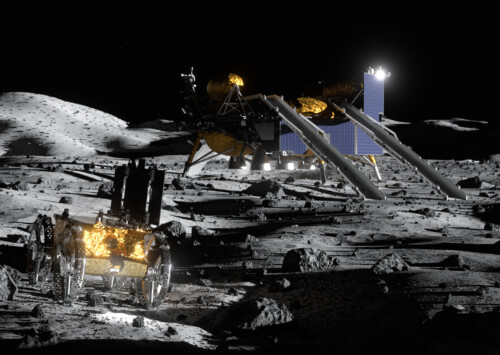Disputes with Nepal, China highlight strategic and diplomatic challenges for India
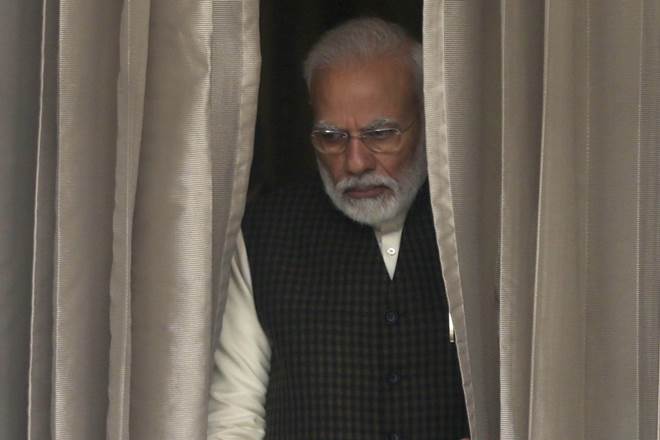
The fumbling response by the Indian government to the Chinese aggression shows how both India and Modi are in a difficult situation (AP Photo)
Though unrelated, simultaneous disputes with China and Nepal put the spotlight on the challenges that Modi’s Neighbourhood First policy faces.
Prime Minister Narendra Modi has been the most outward looking leader of India for a long time, perhaps even more than the first PM Jawahar Lal Nehru. In his first term itself, Modi visited scores of countries, many where no Indian leader had ever been to.
Modi’s numerous supporters have always counted his global outreach and the ‘rise in Indian image around the world’ as one of the main achievements of Modi’s first term. Indeed, he had built up a close, personal bond with a wide variety of global leaders, ranging from US President Donald Trump and French President Emmanuel Macron to Brazil’s Jair Bolsonaro. Modi has had several face to face meetings with several of those leaders. He has met Chinese President Xi Jinping at least eight times and the two have had a good relationship, despite the odd irritant that is anyway likely in any bilateral relationship.
One would think that such a special relationship would propel both the countries towards cooperating to deal with the pandemic as well as use the considerable muscle of their pharmaceutical industries to develop a vaccine or just simply boost collaboration between medical professionals and research organisations.
However, instead of the two nations coming together, the last four weeks have seen an unprecedented rise in tensions on the border in Ladakh as the Chinese army is believed to have moved in and captured a significant chunk of Indian territory, near the Pangong Tso lake and the Depsang Valley in the region that was separated from Jammu & Kashmir last year and declared a union territory.
The sheer scale of the Chinese military build up in the area as well as the number of troops on the ground indicates that it was not an unplanned operation. In some ways it was very similar to the developments in Kargil two decades ago when Pakistani Army had stealthily moved into Indian territory and captured some strategic locations. Though the scale and significance of the Chinese intrusion into Indian territory are of an entirely different nature, the tactics and the timing are very similar. During Kargil, India did not hesitate to launch a limited military operation to drive away the Pakistani soldiers, but that option is simply not available with China for many reasons.
First and foremost is the total misbalance between the military capabilities of the two nations. Despite the claims by our generals, it is clear that the Chinese strength is simply overwhelming for India and any war, however limited, is almost certain to end into another military disaster as had the previous run in with China in 1962.
There are many more similarities between the two occasions. One, very surprisingly, has been the fumbling response by the Indian government and especially the PM to the Chinese aggression. While Modi claimed that the Chinese forces had not occupied into Indian territory, the statements by the foreign ministry as well as military spokespersons have been at a sharp variance.
India and Modi are in a difficult situation. While no one is sure exactly what the Chinese want to do and whether it is a bluff or a serious move to take away some strategic territories from India. Also, it is not clear to what extent Jinping would be willing to risk a war to India, even if the Chinese enjoy an enormous advantage in terms of personnel and equipment.
Though the ruling Bharatiya Janata Party and its several proxies have called for boycott of Chinese goods and even apps such as Tik Tok and the Indian government imposed tighter controls over Chinese investment into India, it is unlikely that these actions would bother China in any serious manner. China may be India’s key trading partner and to us the USD 60 billion trade deficit with China may appear big, for China, India is one of the smaller trading partners and even if the potential of the country may be promising, currently India ranks way behind China’s key partners such as the US, the EU and the ASEAN. Thus a boycott of China and Chinese products is likely to hurt India more than the other way around.
It was not just with China that the Indian government miscalculated. It has willy-nilly walked blind into another border dispute, almost simultaneously, with Nepal, a key ally for over seven decades that has been playing truant for the past few years. The dispute with Nepal centres around the Kalapani area that lies on the trilateral border where Nepal, India and China (Tibet) meet. Though the area has been under Indian control for over five decades, the area has been disputed by Nepal for long and the two countries decided to sort out the dispute through discussions. Subsequently, India has been continually delaying the discussions, indicating India’s confidence about keeping ties with Nepal smooth, something that, with the benefit of hindsight, would appear to be highly misplaced.
Thus when in early May, Indian defence minister Rajnath Singh inaugurated a new road right upto the Lipulekh pass, Nepal protested vehemently, even though the road was not an unprecedented change in the status quo. India has controlled this territory and built other infrastructure here before, besides conducting its administration and deploying military forces up to the Lipulekh pass on the border with China.
The region is of strategic importance and the new road is now one of the quickest links between Delhi and the Tibetan plateau. China also recognised India’s sovereignty by agreeing to expand trade through the Lipulekh pass in 2015. It is also an important route for thousands of Hindus for the Kailash Mansarovar trek. Thus, though India realised the strategic importance of the area and the infrastructure, it failed to take Nepal into confidence and initiate a dialogue to remove any misgivings. But when the Indian diplomats stayed cool about Nepalese protests against the Indian actions, Nepalese politicians quickly pushed through a constitutional amendment to approve the new Nepalese map that includes the entire Kalapani region.
The Nepalese government moved with alacrity on the issue not because of any emergency of any kind, but instead, perhaps, to exert even more pressure on India. In order to nip this issue in the bud, Indian diplomats ought to have initiated a dialogue and assuage Nepalese fears over Indian ‘designs’.
If India had taken the lead, it could have prevented an escalation in the dispute which has since become very public and fairly ugly. Perhaps this is one of the rare occasions where the Indian diplomacy bit off more than it could chew and created a spat with Nepal at a time when it was already facing trouble with the Chinese. Whatever the reasons behind the outburst by the Nepalese government, including its own domestic political complications, India could have foreseen this spat and prevented it.
As always, Beijing would be happy to fish in troubled waters and increase India’s discomfiture of dealing with two border disputes at the same time.

